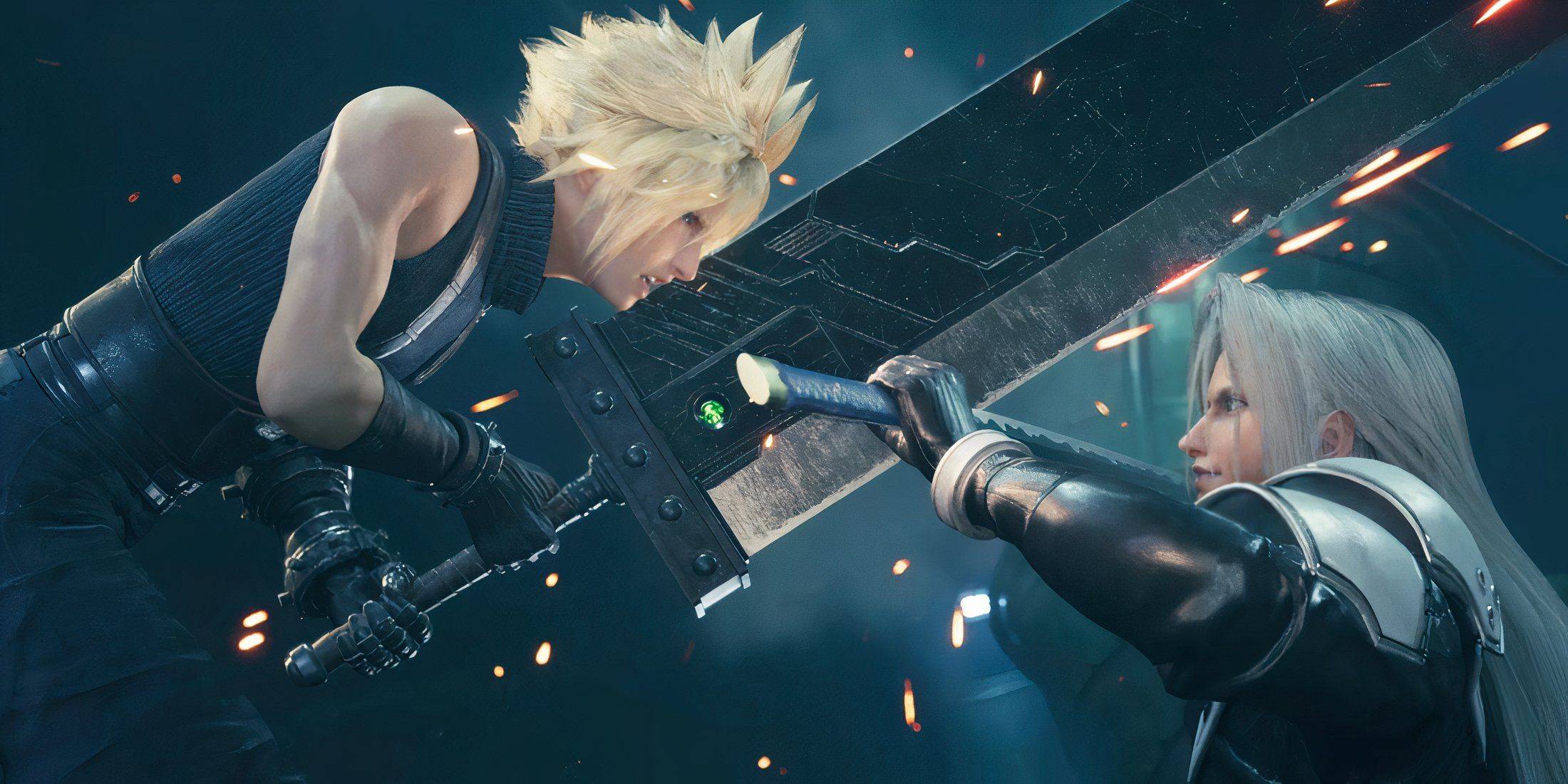Nintendo stands as a titan in the video game industry, renowned for its groundbreaking creativity and innovation in the home console market. With an impressive catalog of cherished intellectual properties, Nintendo's charm endures decades after their initial release. As the company continues to unveil exciting new titles, it's clear that Nintendo's momentum remains strong. With the official announcement of the Nintendo Switch 2, it's an opportune moment to revisit the storied history of Nintendo's consoles.
Below, we've compiled a comprehensive list of every Nintendo console ever released. Take a journey through time and witness how Nintendo has consistently pushed the boundaries of gaming!
AnswerSee Results*Looking to save on a new Nintendo Switch or new titles for your system? Be sure to check out the best Nintendo deals available today.*How Many Nintendo Consoles Have There Been?
Nintendo has released a total of 32 consoles throughout its history. The upcoming Switch 2 will mark the 33rd. Our list includes both home and handheld console revisions, featuring variations such as XL and Mini models.
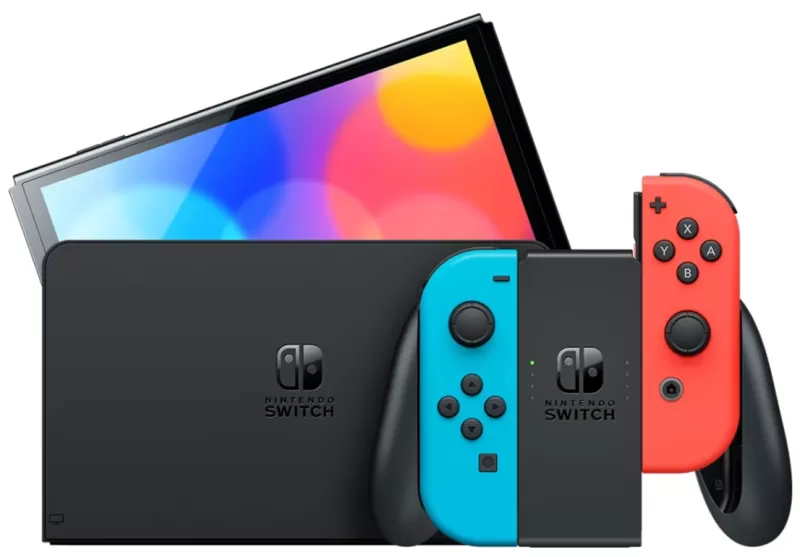 Latest Model### Nintendo Switch OLED (Neon Blue & Red)
Latest Model### Nintendo Switch OLED (Neon Blue & Red)
4See it at AmazonEvery Nintendo Console in Order of Release
Color TV-Game - June 1, 1977
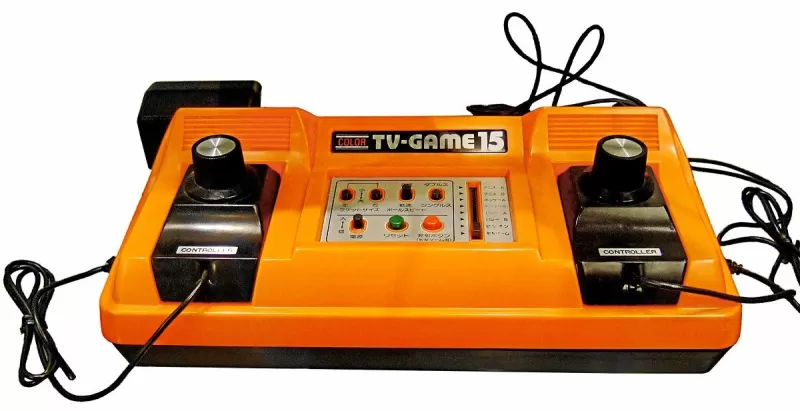 Nintendo's initial venture into gaming hardware began with the Color TV-Game series, a collaboration with Mitsubishi Electronics due to Nintendo's novice hardware development skills. These systems achieved significant success and set the stage for Nintendo's future focus on gaming hardware. Nearly half a century later, the impact of the Color TV-Game is still evident as Nintendo continues to innovate in the gaming industry.
Nintendo's initial venture into gaming hardware began with the Color TV-Game series, a collaboration with Mitsubishi Electronics due to Nintendo's novice hardware development skills. These systems achieved significant success and set the stage for Nintendo's future focus on gaming hardware. Nearly half a century later, the impact of the Color TV-Game is still evident as Nintendo continues to innovate in the gaming industry.
Game & Watch - April 28, 1980
 Nintendo's first handheld venture, the Game & Watch series, introduced unique games on each device and sold over 40 million units worldwide. These devices pioneered features like the D-Pad, seen in the Donkey Kong model, which are still in use today. The series saw a revival with limited edition releases in 2020 and 2021, celebrating Mario and Zelda anniversaries.
Nintendo's first handheld venture, the Game & Watch series, introduced unique games on each device and sold over 40 million units worldwide. These devices pioneered features like the D-Pad, seen in the Donkey Kong model, which are still in use today. The series saw a revival with limited edition releases in 2020 and 2021, celebrating Mario and Zelda anniversaries.
Nintendo Entertainment System - October 18, 1985
 Known as the Famicom in Japan, the Nintendo Entertainment System (NES) was the first Nintendo home console to hit North America. It introduced the cartridge system, allowing players to enjoy a vast array of games. Iconic franchises like Super Mario, The Legend of Zelda, and Metroid originated here, making the NES a cornerstone of video game history.
Known as the Famicom in Japan, the Nintendo Entertainment System (NES) was the first Nintendo home console to hit North America. It introduced the cartridge system, allowing players to enjoy a vast array of games. Iconic franchises like Super Mario, The Legend of Zelda, and Metroid originated here, making the NES a cornerstone of video game history.
Game Boy - July 31, 1989
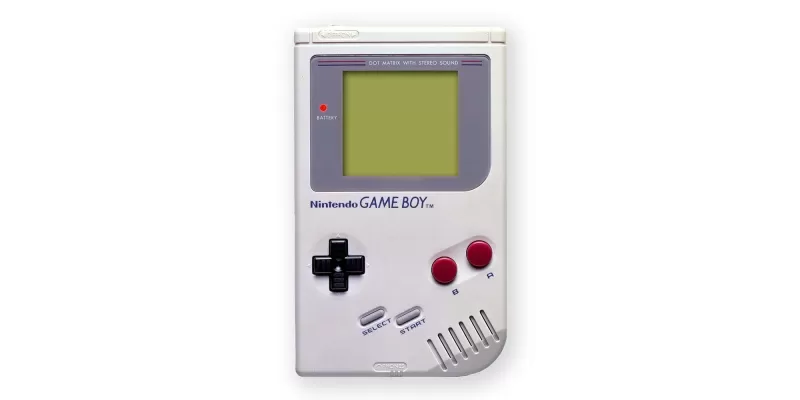 Launching in North America in the summer of 1989, the Game Boy was Nintendo's first true handheld console. With its cartridge system, it offered players a wide variety of games, with Tetris becoming a standout, bundled with the system in most regions.
Launching in North America in the summer of 1989, the Game Boy was Nintendo's first true handheld console. With its cartridge system, it offered players a wide variety of games, with Tetris becoming a standout, bundled with the system in most regions.
Super Nintendo Entertainment System - August 23, 1991
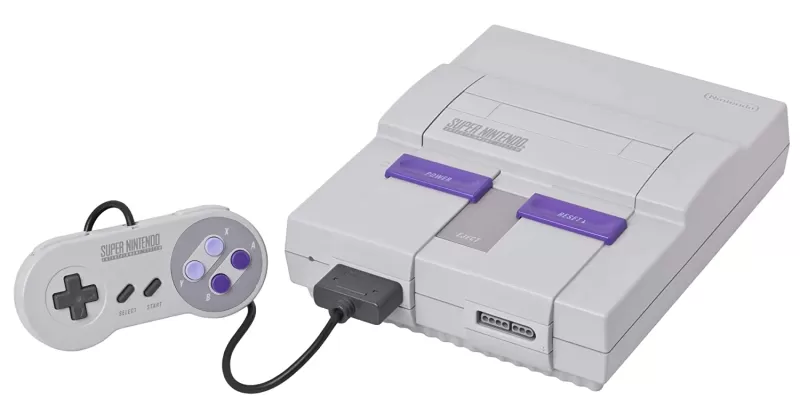 With the Super Nintendo Entertainment System (SNES), Nintendo introduced 16-bit graphics to its platforms. This console saw significant advancements in major series with titles like Super Mario World and Donkey Kong Country. Despite entering the market later in its generation, the SNES became the best-selling console of its time due to its compelling software lineup and broad appeal.
With the Super Nintendo Entertainment System (SNES), Nintendo introduced 16-bit graphics to its platforms. This console saw significant advancements in major series with titles like Super Mario World and Donkey Kong Country. Despite entering the market later in its generation, the SNES became the best-selling console of its time due to its compelling software lineup and broad appeal.
Virtual Boy - August 14, 1995
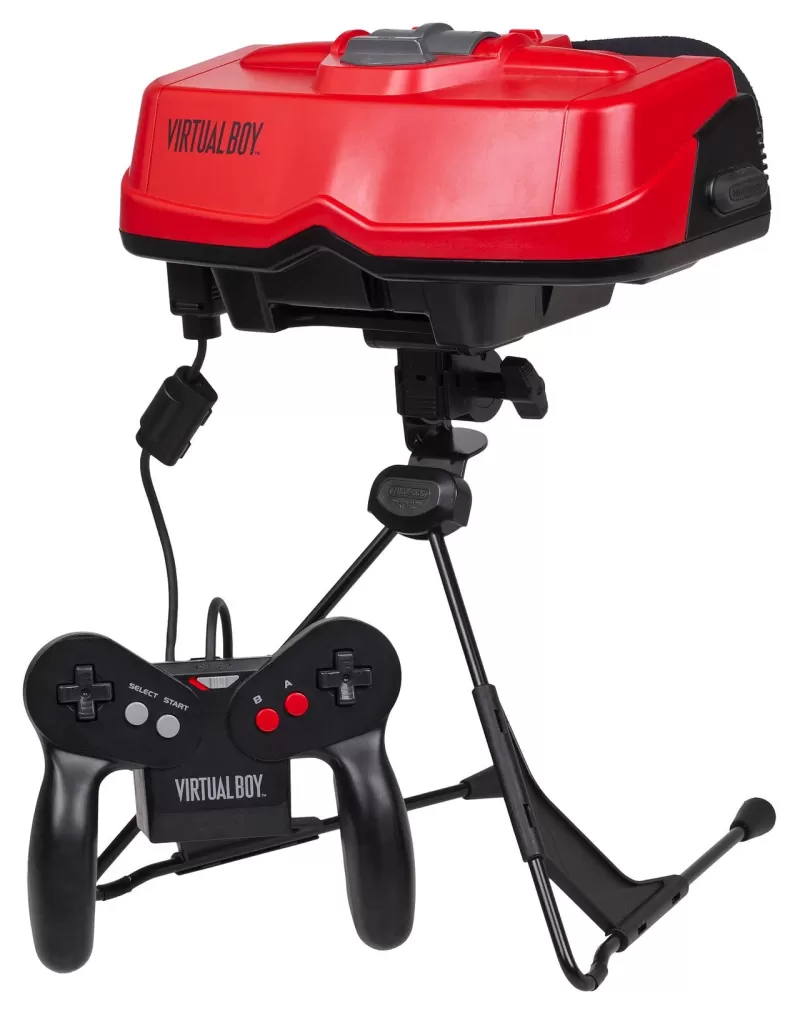 Perhaps Nintendo's most unusual console, the Virtual Boy was the first to display true 3D visuals. With only 22 games released, including popular titles like Mario's Tennis and Virtual Boy Wario Land, it had a short market life of just one year, selling just under 800,000 units.
Perhaps Nintendo's most unusual console, the Virtual Boy was the first to display true 3D visuals. With only 22 games released, including popular titles like Mario's Tennis and Virtual Boy Wario Land, it had a short market life of just one year, selling just under 800,000 units.
Game Boy Pocket - September 3, 1996
 A slimmer version of the original Game Boy, the Game Boy Pocket featured an enhanced black-and-white screen and improved display response time. However, its smaller size led to a reduced battery life compared to its predecessor.
A slimmer version of the original Game Boy, the Game Boy Pocket featured an enhanced black-and-white screen and improved display response time. However, its smaller size led to a reduced battery life compared to its predecessor.
Nintendo 64 - September 29, 1996
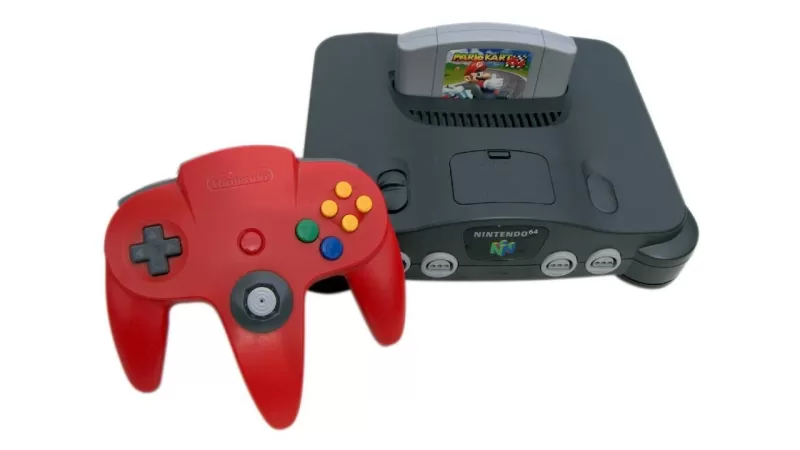 Introducing 3D graphics to Nintendo's home consoles, the Nintendo 64 brought revolutionary games like Super Mario 64 and The Legend of Zelda: Ocarina of Time. Its innovative controller with an analog stick transformed gameplay, and Nintendo released various special editions, including translucent variants.
Introducing 3D graphics to Nintendo's home consoles, the Nintendo 64 brought revolutionary games like Super Mario 64 and The Legend of Zelda: Ocarina of Time. Its innovative controller with an analog stick transformed gameplay, and Nintendo released various special editions, including translucent variants.
Game Boy Light - April 14, 1998
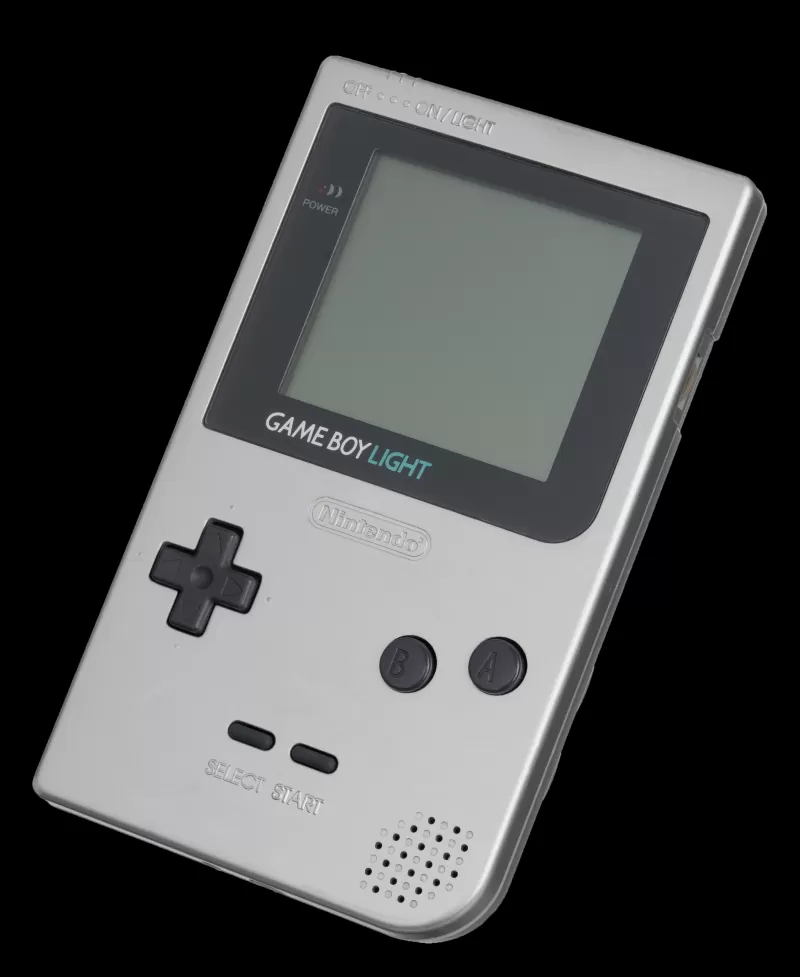 Exclusive to Japan, the Game Boy Light was larger than the Game Boy Pocket but introduced a backlight for better visibility in low-light conditions. This feature also extended the battery life to around 20 hours.
Exclusive to Japan, the Game Boy Light was larger than the Game Boy Pocket but introduced a backlight for better visibility in low-light conditions. This feature also extended the battery life to around 20 hours.
Game Boy Color - November 18, 1998
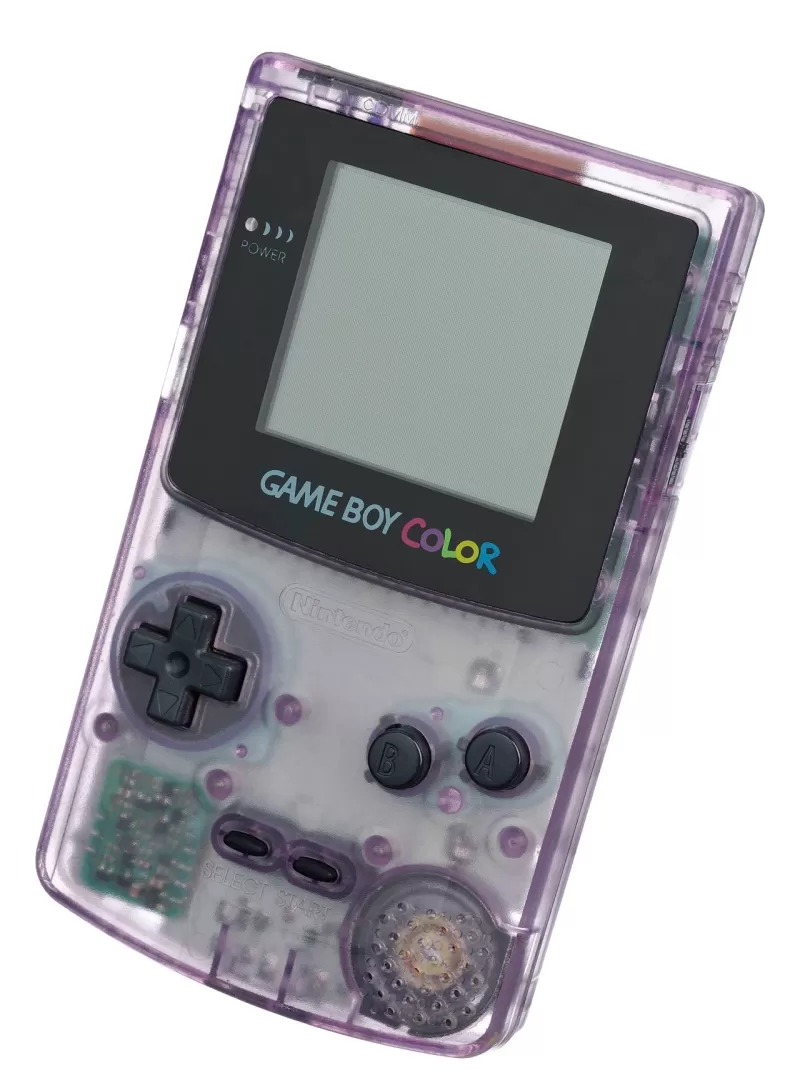 Bringing color to the handheld market, the Game Boy Color was backwards compatible with all Game Boy games. Some titles, like Tetris, gained enhanced visuals, and the new hardware supported hundreds of new games designed specifically for the system.
Bringing color to the handheld market, the Game Boy Color was backwards compatible with all Game Boy games. Some titles, like Tetris, gained enhanced visuals, and the new hardware supported hundreds of new games designed specifically for the system.
Game Boy Advance - June 11, 2001
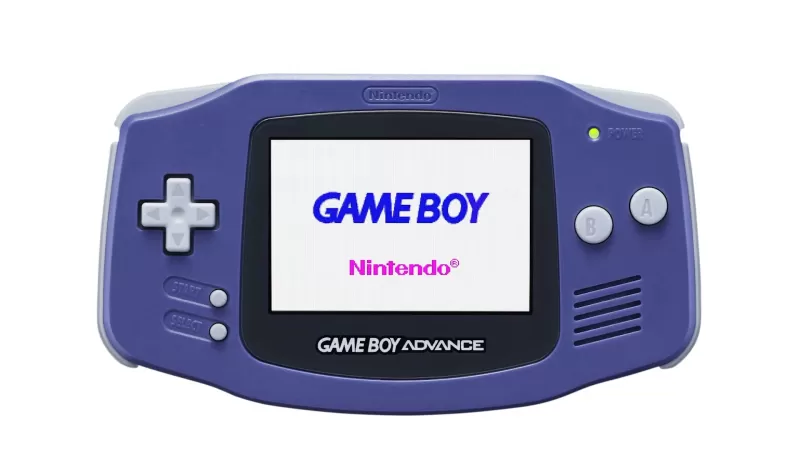 With the Game Boy Advance (GBA), Nintendo made a significant leap forward in portable gaming. The GBA adopted a horizontal design and supported 16-bit graphics, a major upgrade from the previous 8-bit models. It was also backwards compatible with Game Boy and Game Boy Color games, expanding the library to thousands of titles.
With the Game Boy Advance (GBA), Nintendo made a significant leap forward in portable gaming. The GBA adopted a horizontal design and supported 16-bit graphics, a major upgrade from the previous 8-bit models. It was also backwards compatible with Game Boy and Game Boy Color games, expanding the library to thousands of titles.
Pokémon mini - November 16, 2001
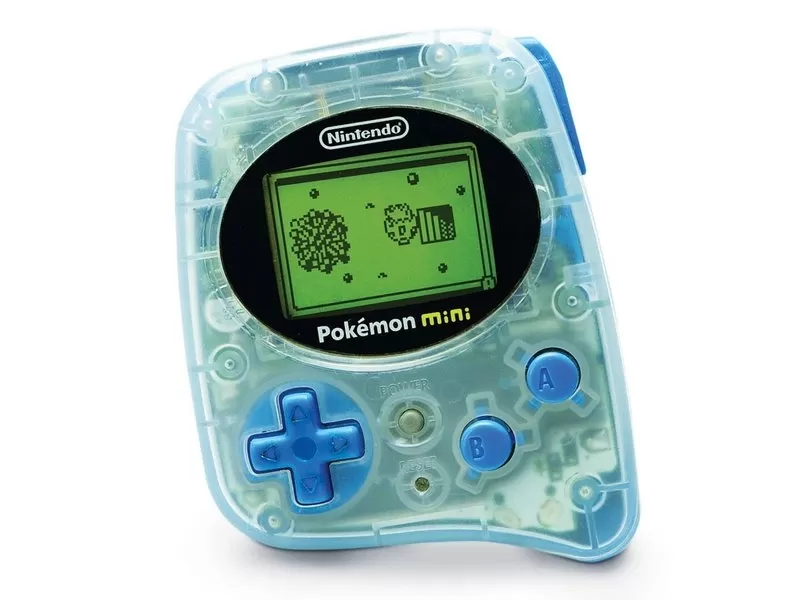
Nintendo GameCube - November 18, 2001
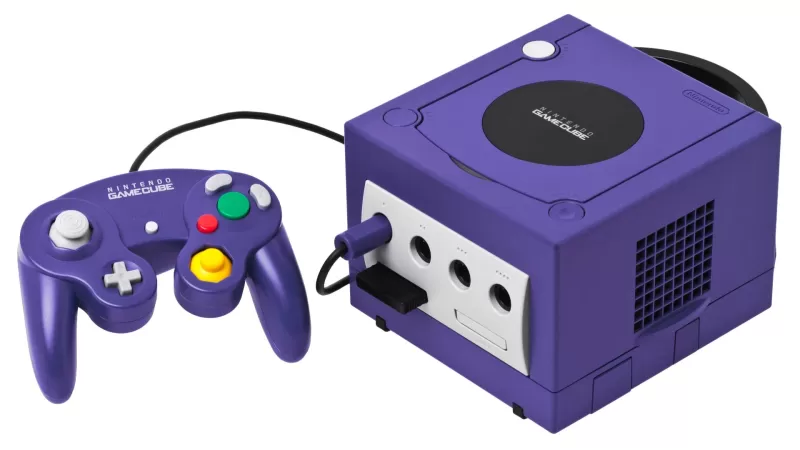 Building on the success of the Nintendo 64, the GameCube offered sequels to beloved titles like Super Mario Sunshine and The Legend of Zelda: Wind Waker. It shifted from cartridges to discs and introduced a refined controller with built-in rumble and improved design. Many franchises that debuted on the GameCube, such as Animal Crossing, continue to thrive today.
Building on the success of the Nintendo 64, the GameCube offered sequels to beloved titles like Super Mario Sunshine and The Legend of Zelda: Wind Waker. It shifted from cartridges to discs and introduced a refined controller with built-in rumble and improved design. Many franchises that debuted on the GameCube, such as Animal Crossing, continue to thrive today.
Panasonic Q - December 14, 2001
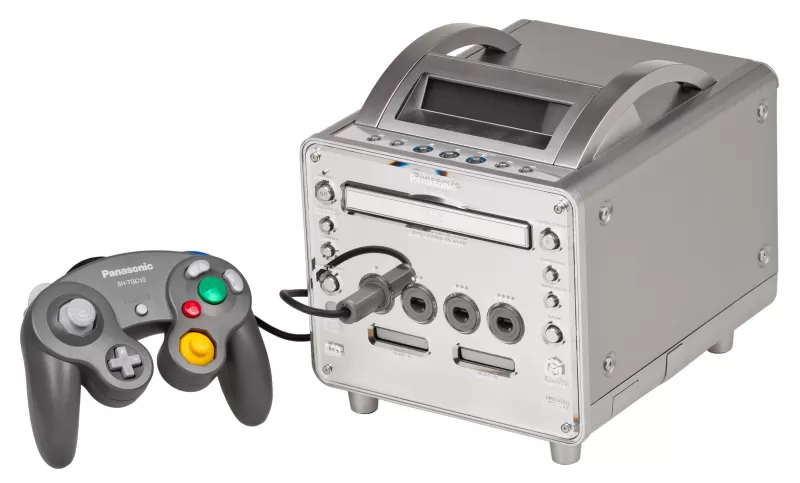 A collaboration between Panasonic and Nintendo, the Panasonic Q combined a GameCube with a DVD player. Its sleek stainless steel design and front LCD panel were unique, but its high price and limited sales led to a short two-year lifespan.
A collaboration between Panasonic and Nintendo, the Panasonic Q combined a GameCube with a DVD player. Its sleek stainless steel design and front LCD panel were unique, but its high price and limited sales led to a short two-year lifespan.
Game Boy Advance SP - March 23, 2003
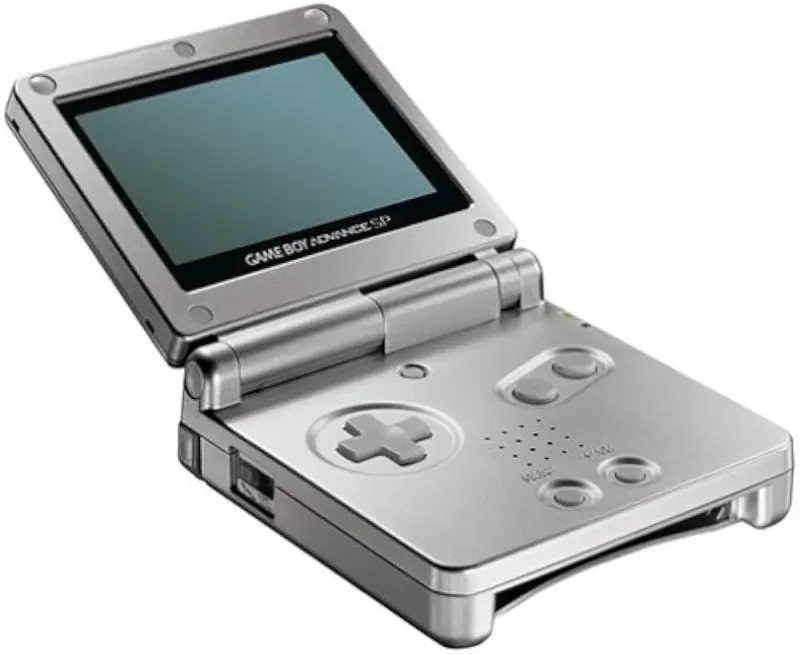 With the Game Boy Advance SP (GBA SP), Nintendo introduced a hinge design that split the screen and controls. It also featured a rechargeable battery and a backlit screen on later models, though it lacked a headphone jack, requiring an adapter for audio.
With the Game Boy Advance SP (GBA SP), Nintendo introduced a hinge design that split the screen and controls. It also featured a rechargeable battery and a backlit screen on later models, though it lacked a headphone jack, requiring an adapter for audio.
Nintendo DS - November 21, 2004
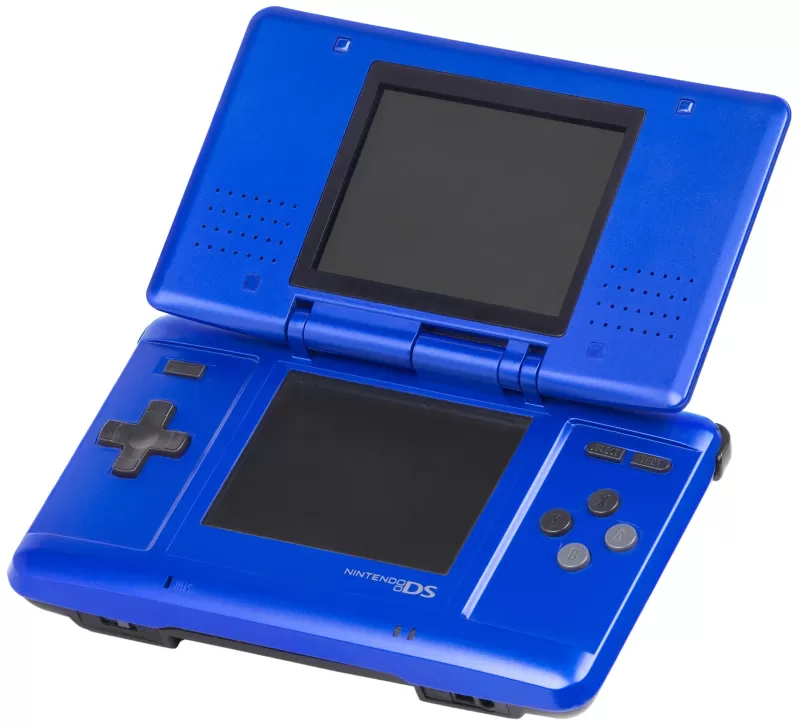 Launching the DS line, the Nintendo DS became Nintendo's best-selling console thanks to its innovative features. Its dual-screen design, including a touchscreen with a stylus, and Wi-Fi support set it apart, enabling unique gaming experiences.
Launching the DS line, the Nintendo DS became Nintendo's best-selling console thanks to its innovative features. Its dual-screen design, including a touchscreen with a stylus, and Wi-Fi support set it apart, enabling unique gaming experiences.
Game Boy Micro - September 19, 2005
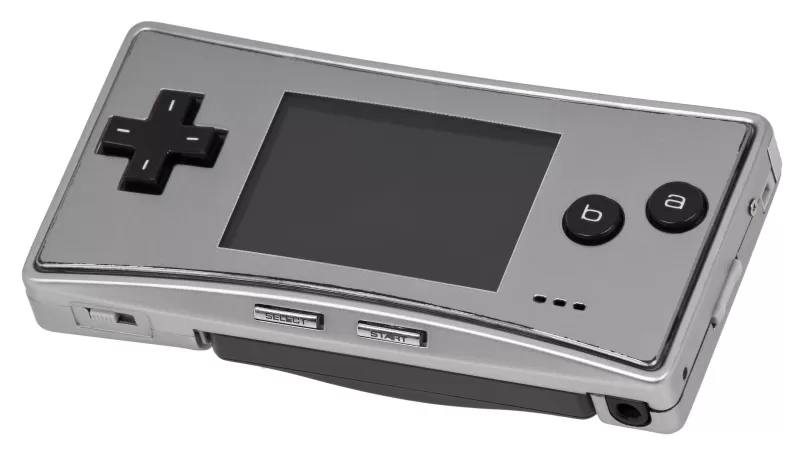 Revealed at E3 2005, the Game Boy Micro impressed with its compact size and rectangular design. It was backwards compatible with Game Boy and Game Boy Color games and offered adjustable backlight brightness. Despite its popularity, it sold only 2.42 million units before production ceased.
Revealed at E3 2005, the Game Boy Micro impressed with its compact size and rectangular design. It was backwards compatible with Game Boy and Game Boy Color games and offered adjustable backlight brightness. Despite its popularity, it sold only 2.42 million units before production ceased.
Nintendo DS Lite - June 11, 2006
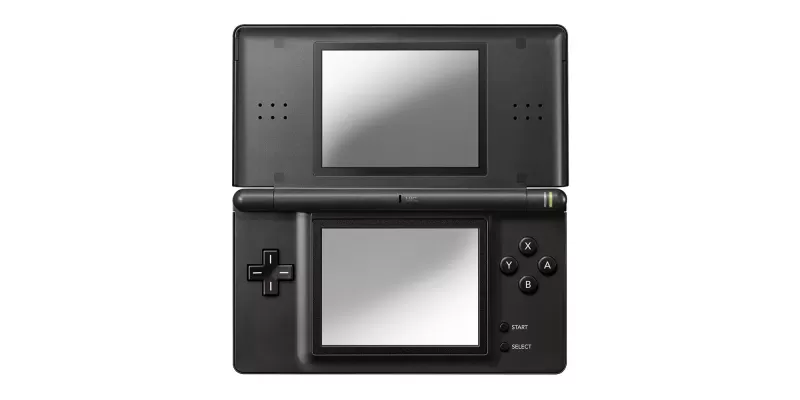 An improved version of the Nintendo DS, the DS Lite was slimmer, lighter, and featured brighter screens. Its enhanced battery life allowed for longer gaming sessions without recharging.
An improved version of the Nintendo DS, the DS Lite was slimmer, lighter, and featured brighter screens. Its enhanced battery life allowed for longer gaming sessions without recharging.
Nintendo Wii - November 19, 2006
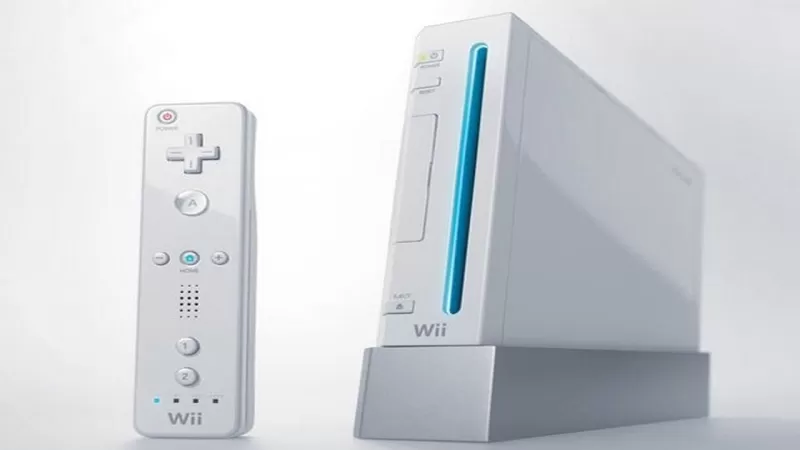 Revitalizing Nintendo's home console market, the Wii introduced motion controls via the innovative Wii Remote. It supported a range of accessories and was backwards compatible with GameCube titles. The Virtual Console service allowed players to purchase classic games for digital download.
Revitalizing Nintendo's home console market, the Wii introduced motion controls via the innovative Wii Remote. It supported a range of accessories and was backwards compatible with GameCube titles. The Virtual Console service allowed players to purchase classic games for digital download.
Nintendo DSi - November 1, 2008
 As the second major revision of the Nintendo DS, the DSi added cameras and an SD card slot but removed the Game Boy Advance slot. These changes enhanced the console's multimedia capabilities.
As the second major revision of the Nintendo DS, the DSi added cameras and an SD card slot but removed the Game Boy Advance slot. These changes enhanced the console's multimedia capabilities.
Nintendo DSi XL - November 21, 2009
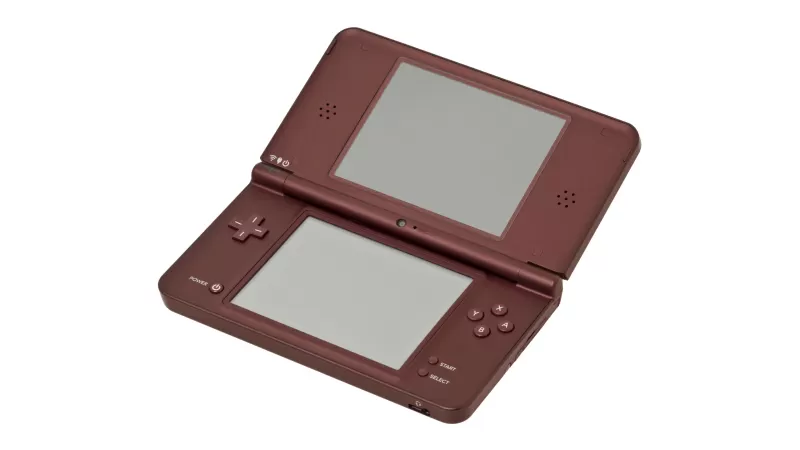 A larger version of the DSi, the DSi XL featured bigger, wider-view screens and improved audio. Its larger battery also extended playtime, enhancing the gaming experience.
A larger version of the DSi, the DSi XL featured bigger, wider-view screens and improved audio. Its larger battery also extended playtime, enhancing the gaming experience.
Nintendo 3DS - March 27, 2011
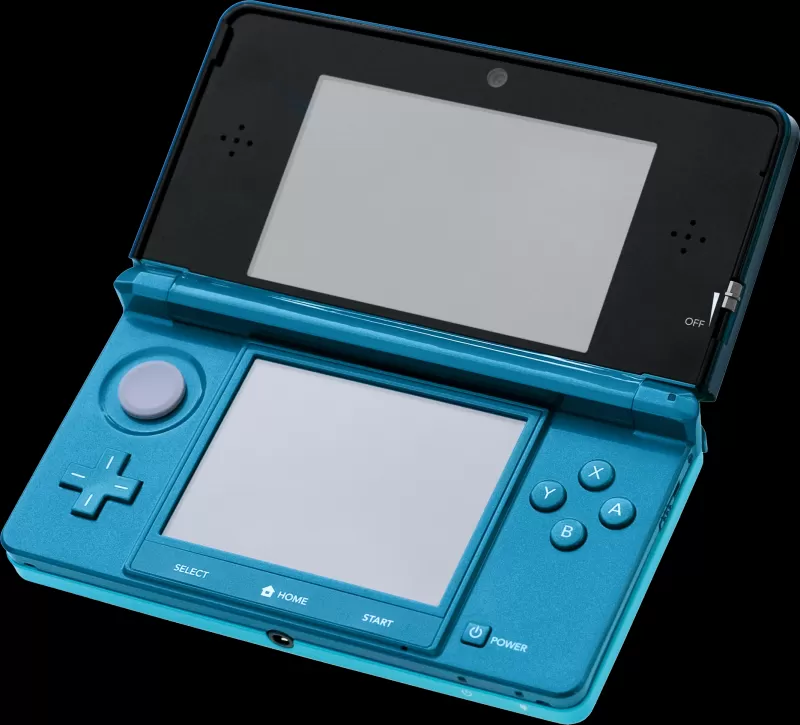 Successor to the DS line, the Nintendo 3DS introduced stereoscopic 3D without the need for glasses, a feature echoing the Virtual Boy's technology. It offered a robust library including titles like The Legend of Zelda: A Link Between Worlds and Super Mario 3D Land.
Successor to the DS line, the Nintendo 3DS introduced stereoscopic 3D without the need for glasses, a feature echoing the Virtual Boy's technology. It offered a robust library including titles like The Legend of Zelda: A Link Between Worlds and Super Mario 3D Land.
Nintendo 3DS XL - August 19, 2012
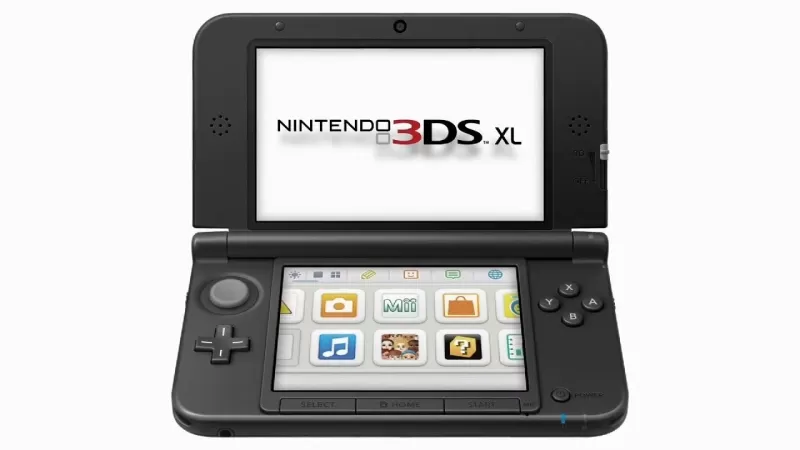 With screens 90% larger than the original 3DS, the 3DS XL retained all the features of its predecessor while enhancing visibility and immersion in games.
With screens 90% larger than the original 3DS, the 3DS XL retained all the features of its predecessor while enhancing visibility and immersion in games.
Nintendo Wii U - November 18, 2012
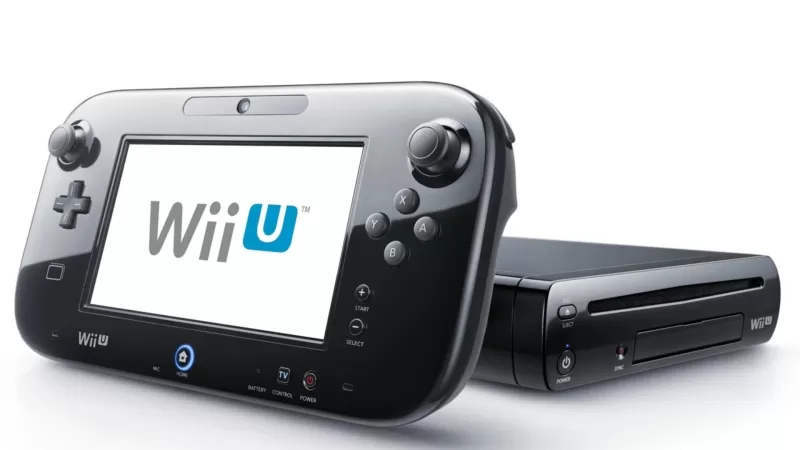 Following the Wii, the Wii U introduced the GamePad controller with a built-in screen, allowing for off-TV play. It supported HD graphics and was compatible with Wii accessories, but poor marketing and confusion impacted its sales.
Following the Wii, the Wii U introduced the GamePad controller with a built-in screen, allowing for off-TV play. It supported HD graphics and was compatible with Wii accessories, but poor marketing and confusion impacted its sales.
Nintendo Wii Mini - December 7, 2012
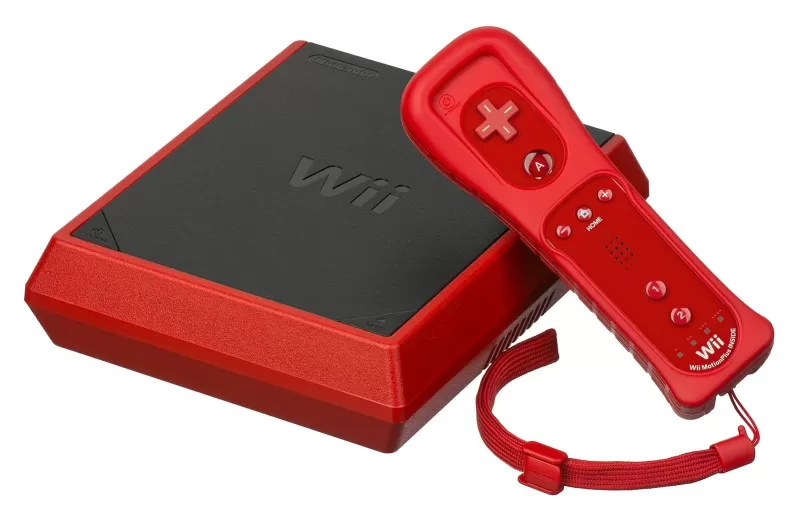 Released towards the end of the Wii's life cycle, the Wii Mini was smaller and lighter but lacked GameCube support, Wi-Fi, 480p resolution, and SD card slots. It was launched in Canada and later in Europe and the United States.
Released towards the end of the Wii's life cycle, the Wii Mini was smaller and lighter but lacked GameCube support, Wi-Fi, 480p resolution, and SD card slots. It was launched in Canada and later in Europe and the United States.
Nintendo 2DS - October 12, 2013
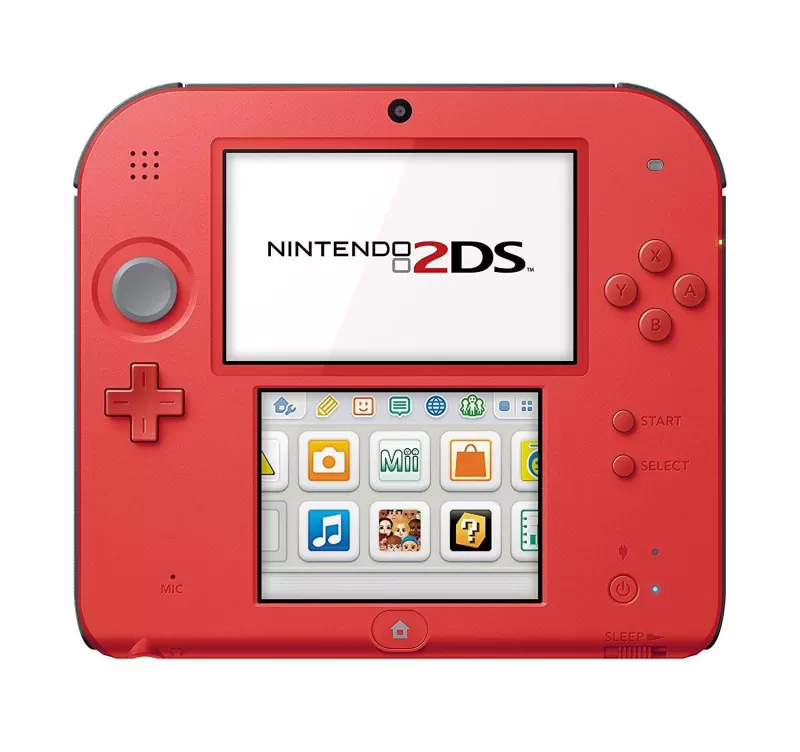 Designed to offer 2D gaming at a lower price point, the 2DS removed the 3D feature of the 3DS models and adopted a flat, square design. It played all 3DS titles but featured reduced sound quality due to a mono speaker.
Designed to offer 2D gaming at a lower price point, the 2DS removed the 3D feature of the 3DS models and adopted a flat, square design. It played all 3DS titles but featured reduced sound quality due to a mono speaker.
New Nintendo 3DS - October 11, 2014
 Upgrading the standard 3DS, the New Nintendo 3DS added new controls like the C-Stick, ZR and ZL buttons, and NFC support for amiibo. Its release was staggered globally, with North America receiving it later.
Upgrading the standard 3DS, the New Nintendo 3DS added new controls like the C-Stick, ZR and ZL buttons, and NFC support for amiibo. Its release was staggered globally, with North America receiving it later.
New Nintendo 3DS XL - February 13, 2015
 Larger than the New Nintendo 3DS, the New 3DS XL offered bigger screens for more immersive gameplay but removed the ability to change face plates, though it featured multiple special editions.
Larger than the New Nintendo 3DS, the New 3DS XL offered bigger screens for more immersive gameplay but removed the ability to change face plates, though it featured multiple special editions.
Nintendo Switch - March 3, 2017
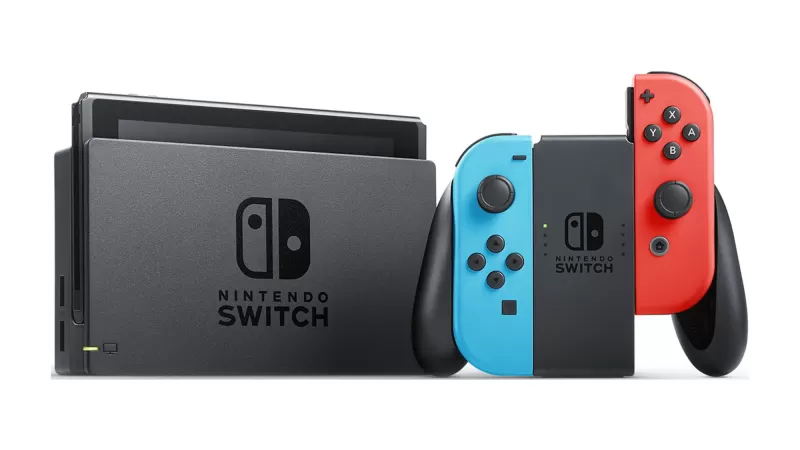 Combining home and portable gaming, the Nintendo Switch revolutionized the industry. Its versatility allowed for gaming on-the-go, supported by a stellar first-party library and various special edition consoles.
Combining home and portable gaming, the Nintendo Switch revolutionized the industry. Its versatility allowed for gaming on-the-go, supported by a stellar first-party library and various special edition consoles.
New Nintendo 2DS XL - July 28, 2017
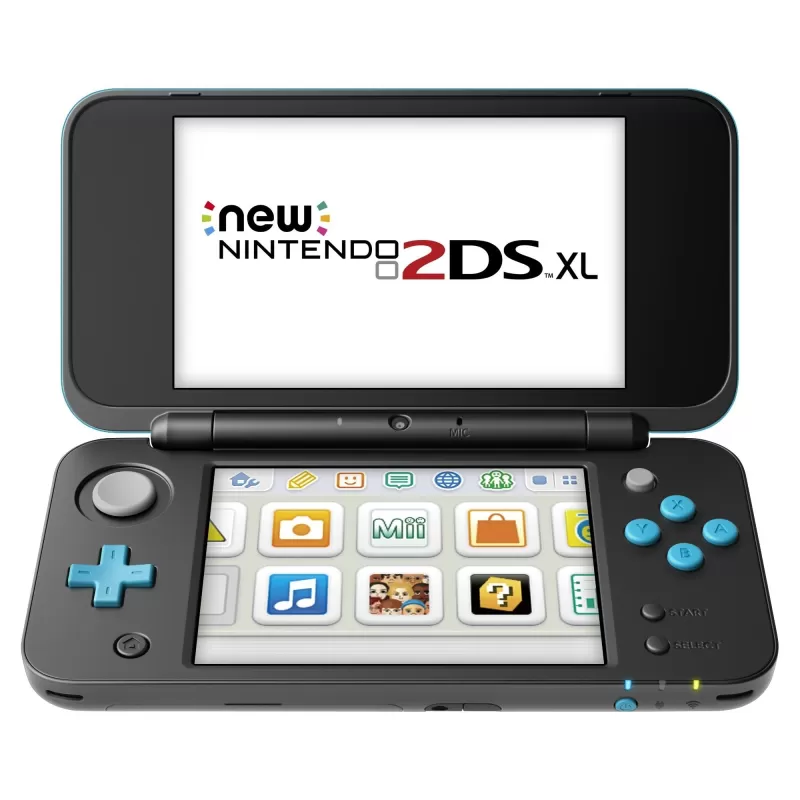 An update to the 2DS, the New 2DS XL introduced an analog stick, shoulder buttons, and amiibo support, returning to the clamshell design and able to play New 3DS titles.
An update to the 2DS, the New 2DS XL introduced an analog stick, shoulder buttons, and amiibo support, returning to the clamshell design and able to play New 3DS titles.
Nintendo Switch Lite - September 20, 2019
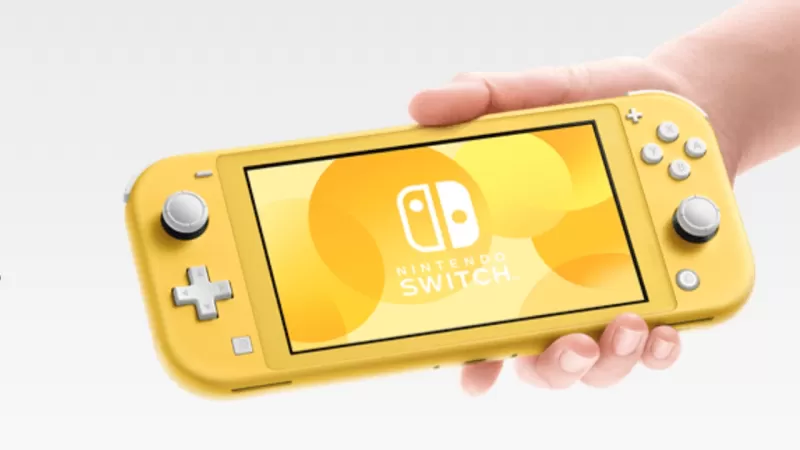 Designed for handheld gaming only, the Switch Lite featured a smaller body and built-in controllers, offering a more affordable option at a $100 lower price point.
Designed for handheld gaming only, the Switch Lite featured a smaller body and built-in controllers, offering a more affordable option at a $100 lower price point.
Nintendo Switch OLED model - October 8, 2021
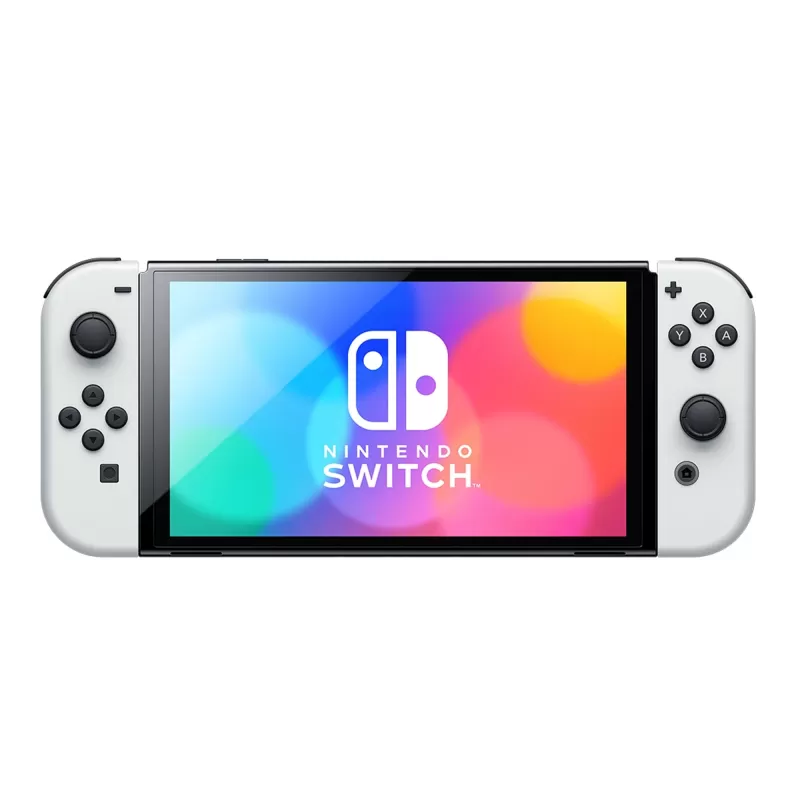 Launched alongside Metroid Dread, the Switch OLED model upgraded the screen to a 7-inch OLED panel, enhanced the speakers and kickstand, and included a new dock with rounded corners and a LAN port.
Launched alongside Metroid Dread, the Switch OLED model upgraded the screen to a 7-inch OLED panel, enhanced the speakers and kickstand, and included a new dock with rounded corners and a LAN port.
Upcoming Nintendo Consoles
Following numerous leaks and rumors, Nintendo officially unveiled the Switch 2. The reveal trailer showcased an innovative Joy-Con attachment method, a larger screen, and an additional USB-C port. The potential to use Joy-Con as a mouse hints at new gameplay possibilities, and the trailer teased a new Mario Kart with 24-player support. The console promises "mostly" backward compatibility and continued support for both physical and digital games.Analysts suggest the Switch 2 might retail around $400. Based on the trailer, we've gathered all known details, but more information, including a release date, will be shared in an upcoming Nintendo Direct scheduled for April 2.
AnswerSee Results













